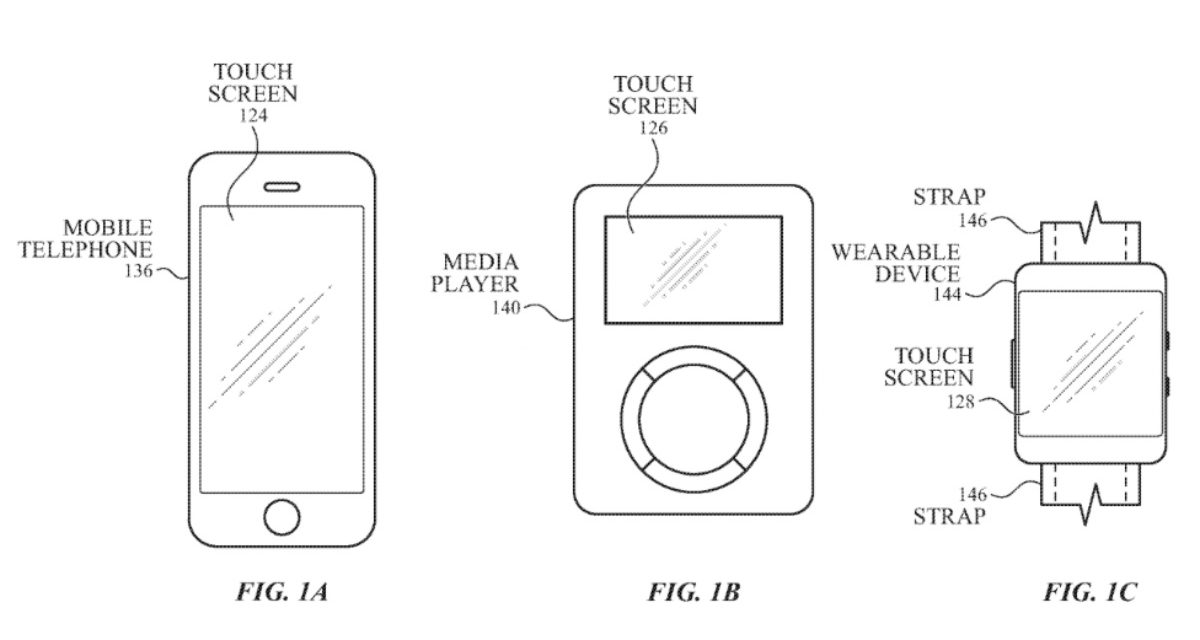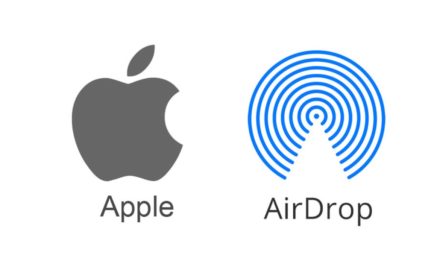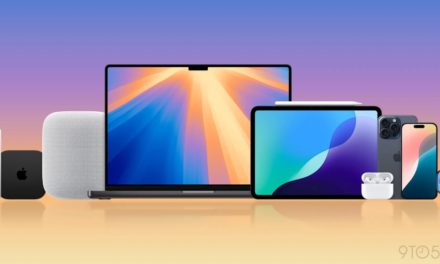Apple has been granted a patent (number US 11793467 B2) for “Detecting Conditions Using Heart Rate Sensors” with the goal of making its devices more effective at detecting health issues.
About the patent
The patent relates to methods for operating photoplethysmogram (PPG) sensors and the corresponding devices. More particularly, this disclosure relates to methods and devices capable of detecting irregularities in a PPG signal.
PPG sensors can be used to determine physiological information of a user. Measuring such systems with, say, an Apple Watch could help detect potential heart issues.
In the patent data Apple notes that in some instances, one or more aspects of a user’s heartbeat (and/or a pattern of heartbeats) may differ from what would typically be expected of the user under a given set of conditions. For example, a heart rate when the user is at rest can fall between 60 and 100 beats per minute, but factors such as stress or anxiety may cause the user’s heart rate to exceed their typical resting heart rate. In other instances, certain conditions, including heart arrhythmias such as atrial fibrillation, may cause irregular heart rate patterns, such as an increase in the variance in beat-to-beat timing over time.
When using a sensor to monitor a user’s cardiac patterns, it may be desirable for the measured signal of heartbeats to reflect irregular pulse rhythms, fast heart rates, etc., when they may occur. Some devices, however, may not be able to detect the irregularity in a signal, and other devices may not be able to distinguish between irregularity due to the user’s physiological condition and noise (e.g., motion artifacts). Apple wants the Apple Watch and iPhone to be more efficient at detecting true irregularities.
Summary of the patent
Here’s Apple’s abstract of the patent: “This relates to methods for measuring irregularities in a signal and corresponding devices. The devices can include a PPG sensor unit configured to detect multiple occurrences of a given event in the measured signal(s) over a sampling interval. In some instances, the device can register the occurrences of the events. In some examples, the device can include one or more motion sensors configured to detect whether the device is in a low-motion state.
“The device may delay initiating measurements when the device is not in a low-motion state to enhance measurement accuracy. Examples of the disclosure further include resetting the sample procedure based on one or more factors such as the number of non-qualifying measurements. In some examples, the device can be configured to perform both primary and secondary measurements, where the primary measurements can include readings using a set of operating conditions different from the secondary measurements.”
Article provided with permission from AppleWorld.Today





